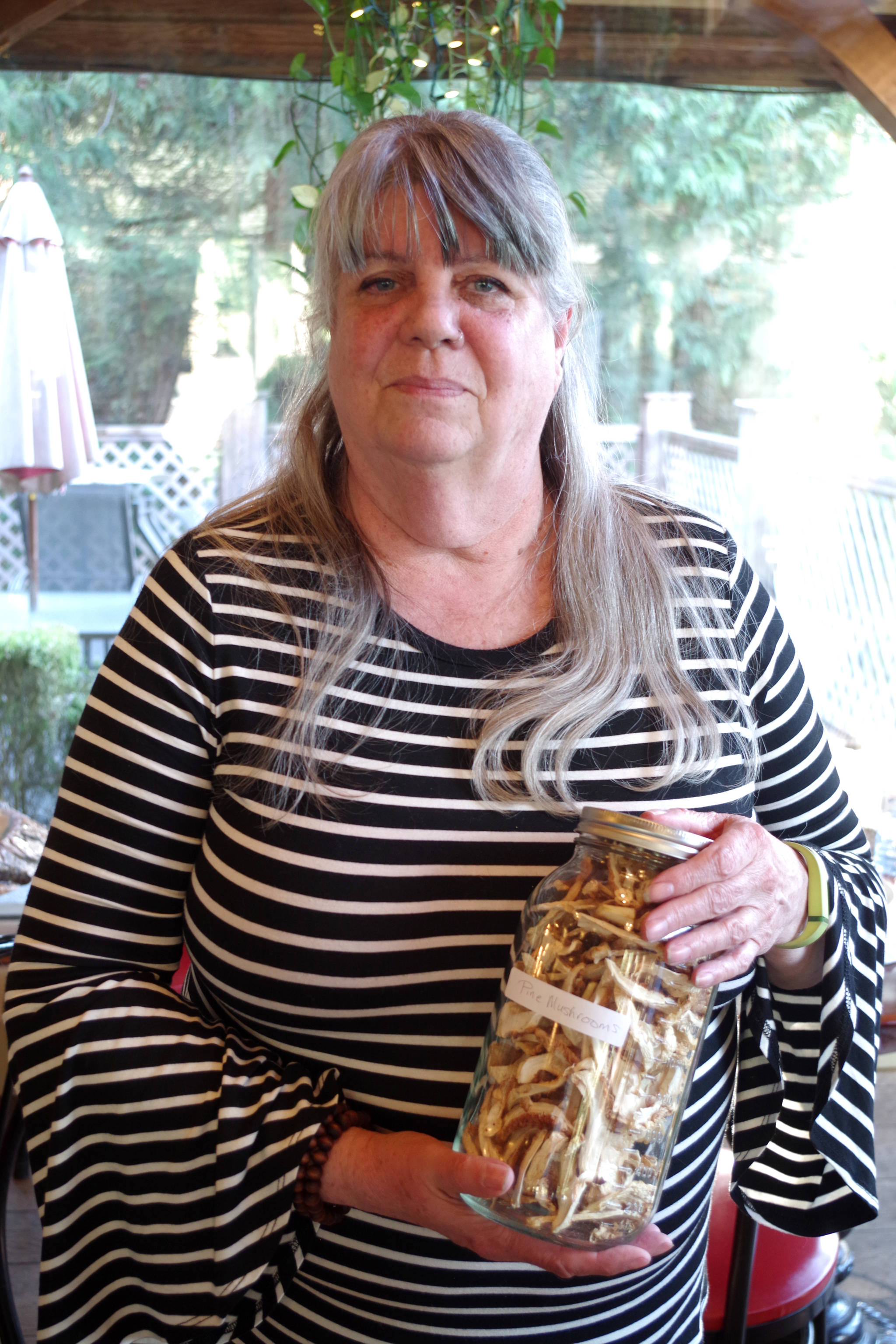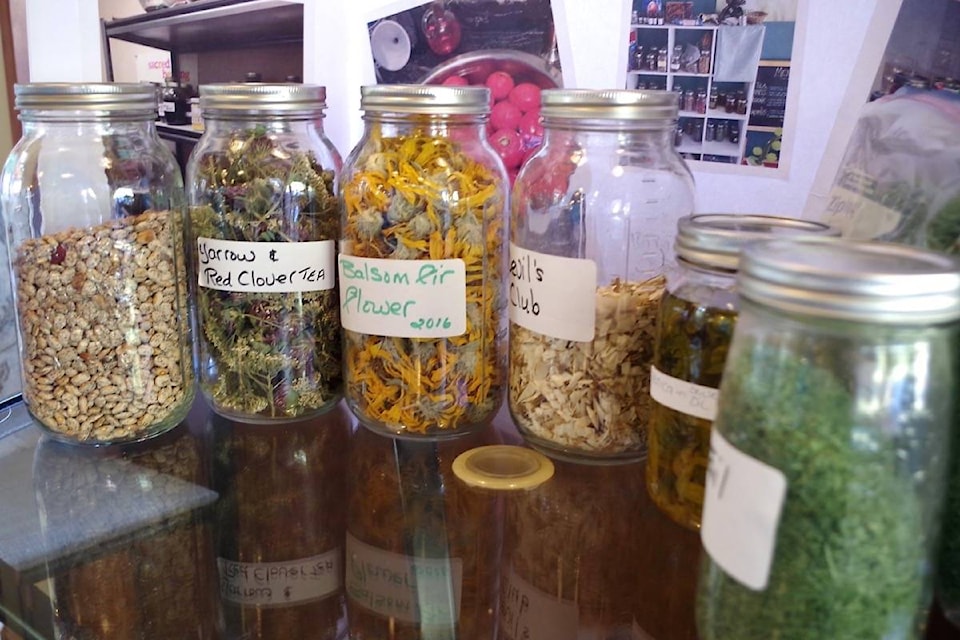The small Fraser Canyon community of Boothroyd is moving towards being food secure, and they’ve beaten many larger communities.
Boothroyd, 11 kilometres north of Boston Bar along the Fraser River in the traditional Nlaka’pamux Nation territory, is a small community with 32 homes and around 40 members living on-reserve. The push to start producing their own food began out of necessity, as conditions in the canyon were particularly bad one year.
“We had a terrible year. There was big slide on one side of us and a big slide on the other, and it took out all the hydro poles. So the hydro was out for maybe six days,” said Lou Huffman, Boothroyd’s community health resource person for the past 15 years.
For those six days, residents couldn’t get out to get food. Everything stored in freezers was lost, including hunted and harvested fish and meat.
“It was a horrific waste, so we tried to put our heads together to come up with ways of preserving food and having food available to us that didn’t necessarily require being on the grid,” she said.
Huffman presented to the Hope Food Collective Monday, where organizer Anne Todd joked Boothroyd had beat Hope to the punch on food security.
“When we first got together as the Hope Food Collective, one of our dreams was to be the first food secure community in B.C., possibly Canada. And then I found out Boothroyd beat us to it,” she said.
The experimenting at Boothroyd began with growing pinto beans from an organic package of beans Huffman bought, as she couldn’t find a nursery that grew seeds. Huffman then experimented with air drying the beans in bulk. This process took a few weeks, at the end of it “everyone got a big bag of pinto beans in their Christmas stocking.”
A positive outcome of growing their own food is that they no longer need to buys seeds, as they reuse the seeds year after year. The sandy soil is kept organic as well.
Each year Huffman experiments with a new crop or idea: last year community members got to experiment with vertical gardens, this year a greenhouse was bought.
Huffman has also expanded into producing tea and holistic herbs and plants, many of which are Indigenous to the region —yarrow, red clover, balsam fir flower. They also make tinctures and oils, such as arnica oil to treat arthritis.
“Boothroyd has a lot of seniors, we’re an aging community and there’s a lot of people with arthritis. Probably because of such a drastic change in diet from their traditional foods to processed foods — they didn’t have sugar, they didn’t have white flour — it’s creating some health problems as they age,” she said.
Horsetail grows in droves around Boothroyd, in marshy areas, creeks and rivers. Due to its high silica content, Huffman has created a tooth powder by harvesting, drying and grinding the horsetail, then combining it with baking soda and sea salt. Tooth powder was one experiment, along with natural bath products such as soaps and medicine oils.
The community also makes a yearly trip to Keremeos, bringing back a bounty of fruits to be canned.
Huffman often situates canning sessions or other work around a meal, bringing in people to eat and help out with the constantly expanding work of making her small community food secure.
Keeping seniors involved has an added benefit of allowing them to stay in the community longer, as seniors’ homes are very far from the community.
“We’re trying to keep people in their homes as long as possible, and the best way to do that is to try to find ways of keeping them active and keeping them motivated,” said Huffman.
With the homegrown foods, eating habits are slowly changing. From seeing community banquets with one table of supper and two table of desserts, 26 years later the salads and the vegetables are the more popular foods.
“People will change, but they just won’t do it by the weekend,” Huffman said. Out of the 32 homes in Boothroyd, 12 already have their own backyard gardens and every year another one is added.
news@hopestandard.com
Like us on Facebook and follow us on Twitter

